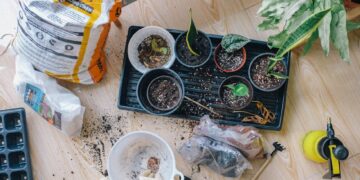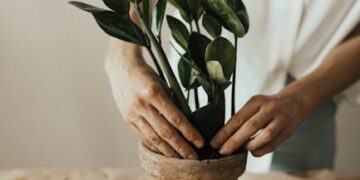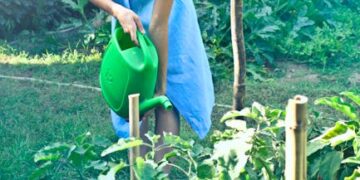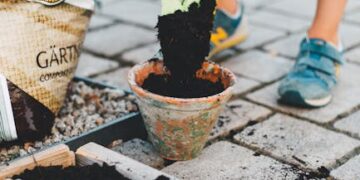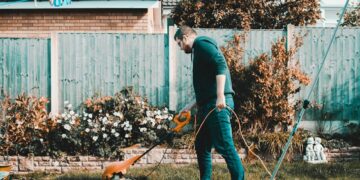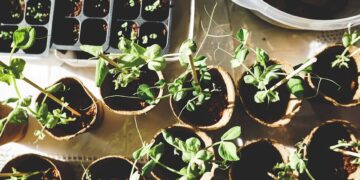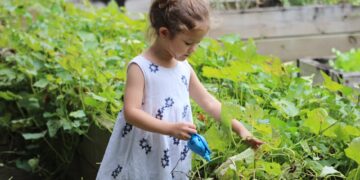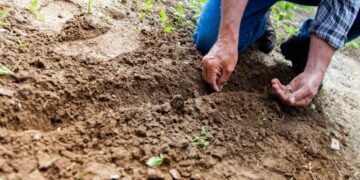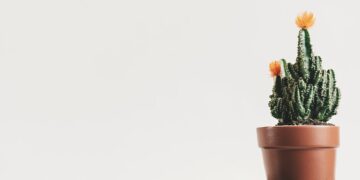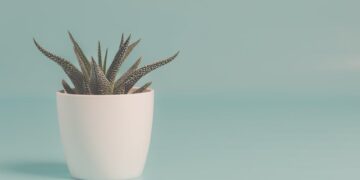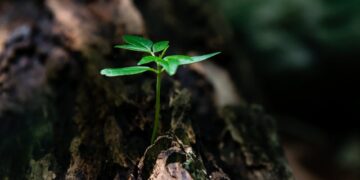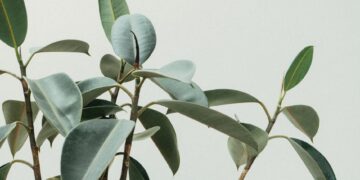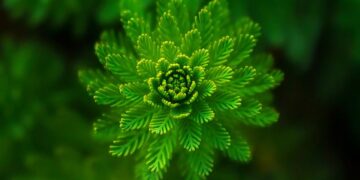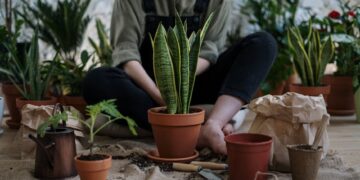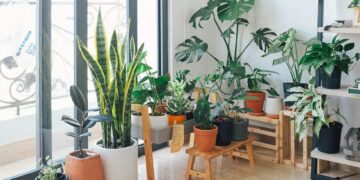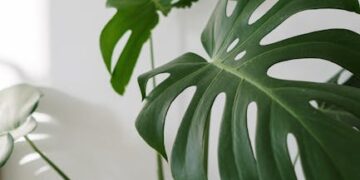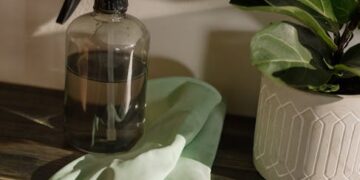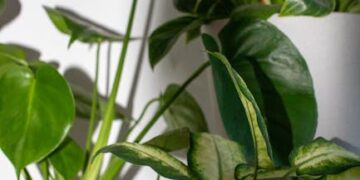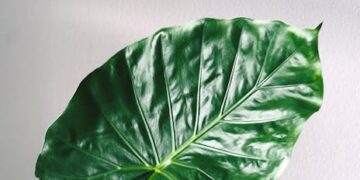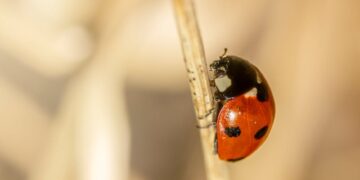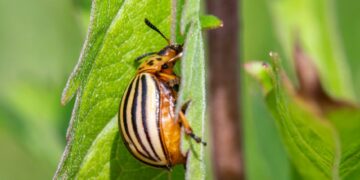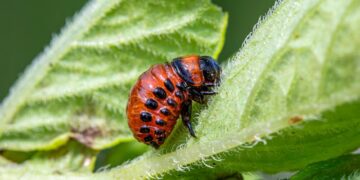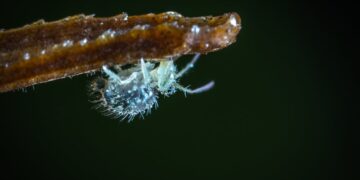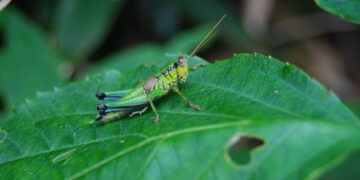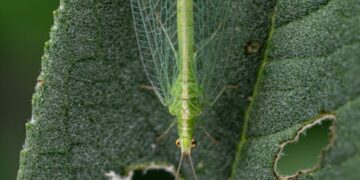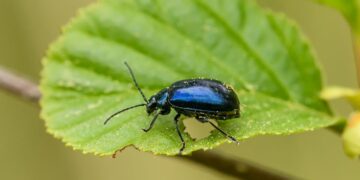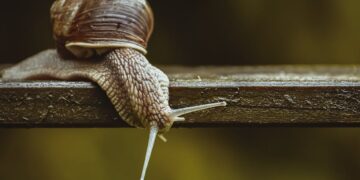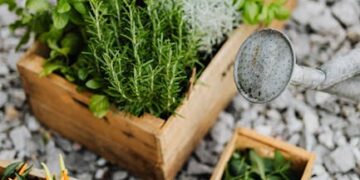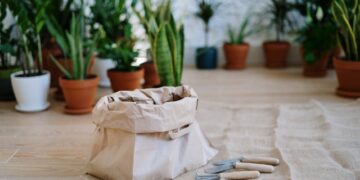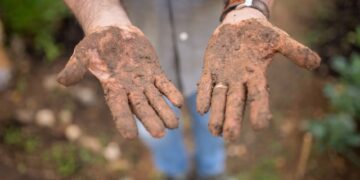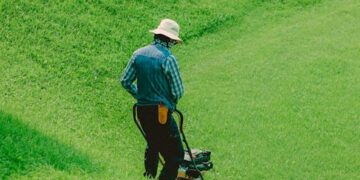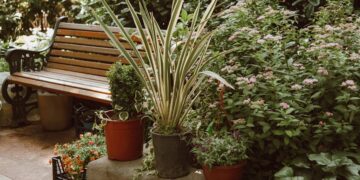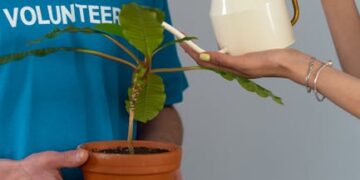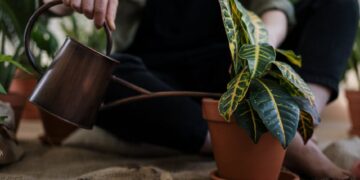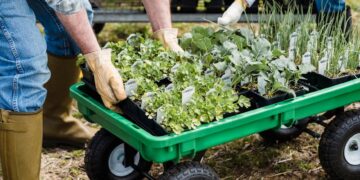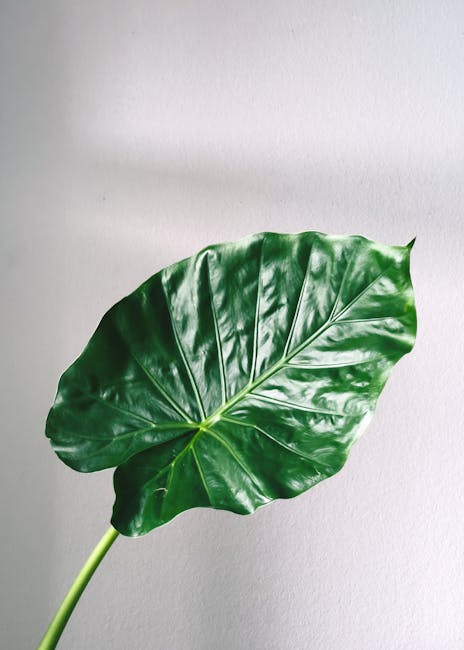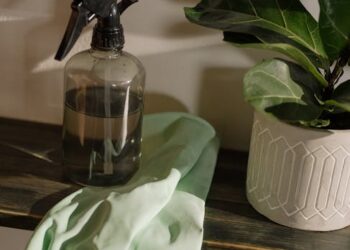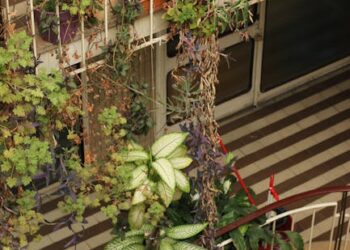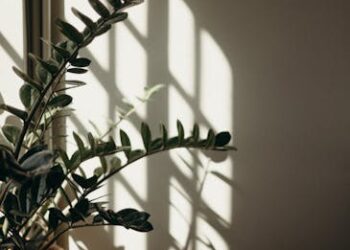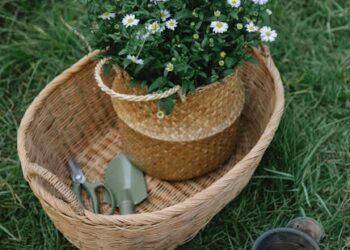Maximize Your Space with Essential Indoor Gardening Supplies
Transforming your living space into a lush indoor garden is an exciting endeavor that not only beautifies your home but also enhances your well-being. Whether you are a seasoned green thumb or a budding gardener, understanding the essentials of indoor gardening and how to efficiently use your space will set you on the path to growing a thriving indoor oasis.
Choosing the Right Plants
Before diving into the myriad of gardening tools and pots, the first step in maximizing your indoor gardening efforts is selecting the right plants. Consider variables like light availability, humidity, and maintenance needs.
Low Maintenance Plants
Ideal for beginners or those with a busy lifestyle, plants such as succulents, spider plants, and snake plants require minimal care but provide maximum aesthetic value.
Plants for Health Benefits
Increase your home’s air quality with plants like peace lilies and Boston ferns, known for their air-purifying abilities.
Essential Indoor Gardening Supplies
Equipping yourself with the right tools is crucial for making indoor gardening an easy and enjoyable experience. Here’s a list of must-have supplies:
1. Containers and Pots
- Vertical Planters: Save floor space by using vertical planters that can be hung on walls or over windows.
- Self-watering Planters: These are particularly useful for controlling the water intake of your plants, perfect for those who travel often or tend to overwater.
2. Compact Watering Solutions
To avoid spills in limited spaces, opt for a small, long-spout watering can that allows for precision watering.
3. Quality Soil and Fertilizers
Choosing the right soil mix and intermittent application of fertilizers will nurture the plant’s growth and promote lush, healthy foliage.
Lighting and Atmosphere
Creating the perfect growing conditions in your home is pivotal for plant health. Here’s how to get the lighting and atmosphere right:
Utilizing Natural Light
Understand the light requirements of your plants and place them accordingly. North-facing windows offer low light, while south-facing windows provide bright light.
Supplemental Light Sources
When natural light is not adequate, LED grow lights can supplement the necessary spectrum of light needed for photosynthesis.
Maintaining Humidity Levels
Many houseplants thrive in humid conditions. Use a humidifier or place a water tray near your heating system to increase indoor humidity.
Maximizing Space and Design
With creativity, even the smallest spaces can be turned into verdant retreats. Here are some tips to creatively use your space:
Hanging Baskets and Floating Shelves
Leverage vertical space by installing floating shelves for your plants, or use hanging baskets to utilize the upper room areas, which are often underused.
Multipurpose Furniture
Choose furniture that can double as plant stands or storage areas for gardening supplies. A bookshelf, for example, can serve both functional and decorative purposes.
Tips for Ongoing Care
A thriving indoor garden requires consistent care. Follow these tips to maintain your garden’s health and vitality:
Weekly Checkups
Set a weekly schedule to check on your plants. Look for signs of distress like yellowing leaves or dry soil which can indicate underwatering or overwatering.
Pest Management
Keep an eye out for pests. Use organic pesticides to handle infestations and keep your indoor garden healthy and chemical-free.
Pruning and Cleaning
Regularly prune dead or overgrown branches to encourage new growth and clean the leaves to keep them free from dust and pests.
Conclusion
Indoor gardening is a fulfilling activity that enhances your living space and personal well-being. By selecting the right plants and supplies, optimizing your space, and maintaining regular care, you can cultivate a flourishing indoor garden regardless of the size of your living area. Embrace the process and enjoy the lush, peaceful ambiance that only plants can provide.

